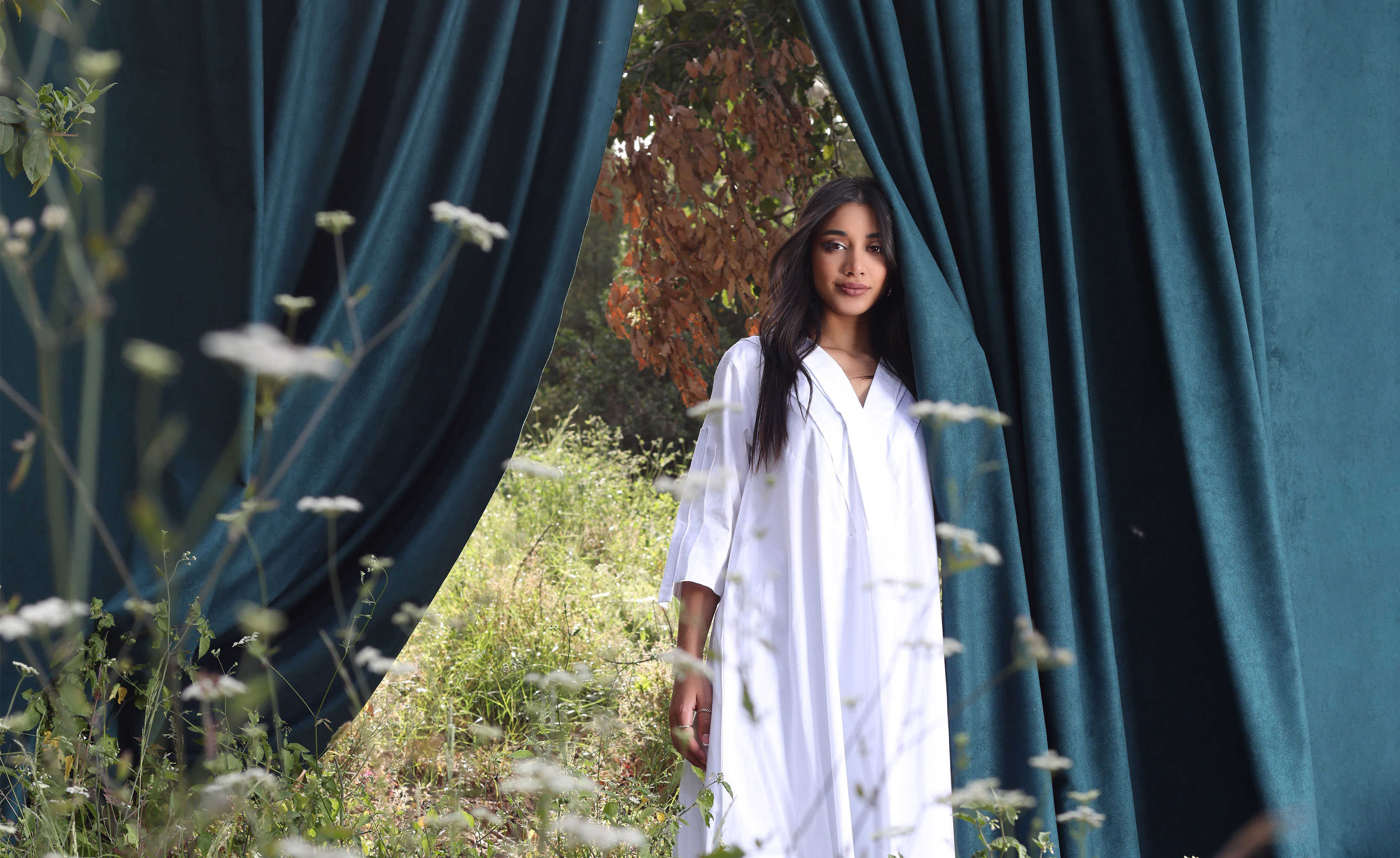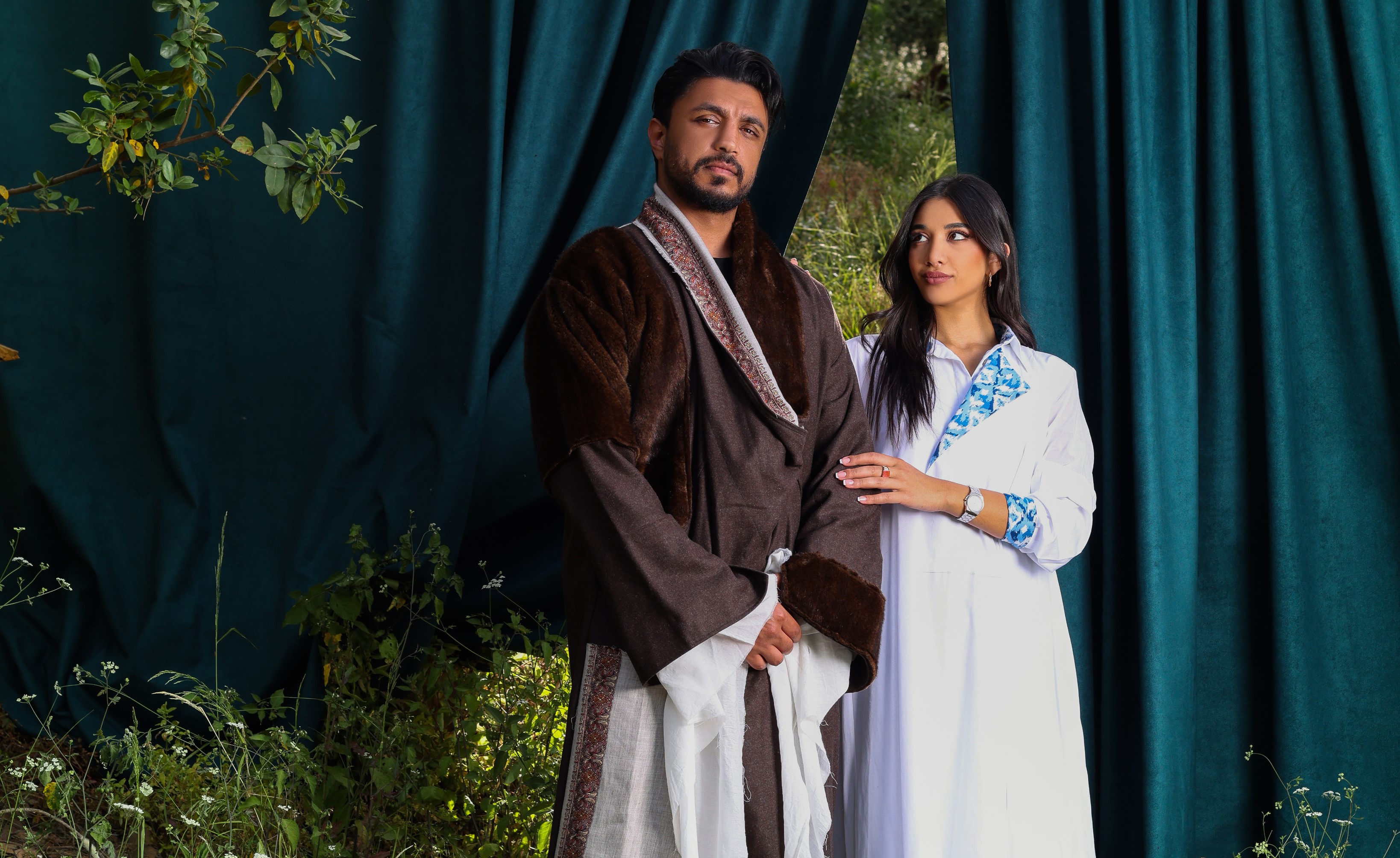The abaya is a traditional garment that has been worn in Saudi Arabia for centuries. It is a symbol of modesty and a significant aspect of Saudi Arabian culture. In this blog, we will explore the history and evolution of the abaya in Saudi Arabia.
The abaya originated in the Arabian Peninsula, where it was worn by women as a protective garment against the harsh desert climate. It was usually made from lightweight materials such as cotton and was designed to cover the entire body, from head to toe. Over time, the abaya became more elaborate, with intricate embroidery and embellishments, reflecting the wealth and status of the wearer.
In the 1970s, the abaya experienced a revival in Saudi Arabia. This was due in part to the resurgence of Islamic fundamentalism, which placed greater emphasis on modesty and the preservation of traditional Islamic dress. As a result, the abaya became more popular and began to evolve into a more fashionable garment.
Today, the abaya is available in a wide range of styles and designs, ranging from traditional and conservative to more modern and trendier. It is often worn over other clothing and can be made from a variety of materials, including silk, chiffon, and satin. The traditional black abaya is still popular, but many women now opt for brightly colored or patterned abayas to express their individual style.
In recent years, there has been a growing trend of incorporating Western fashion into the abaya. This has led to the creation of abayas that are both traditional and contemporary, with unique designs and modern fabrics. Many designers have also begun to experiment with different cuts and shapes, creating abayas that are tailored to fit different body types.
In conclusion, the abaya is a garment that has been an integral part of Saudi Arabian culture for centuries. It's evolution over time reflects the changing attitudes towards fashion and the desire to balance tradition with modernity. Today, the abaya remains a symbol of modesty and cultural identity for women in Saudi Arabia and around the world.





